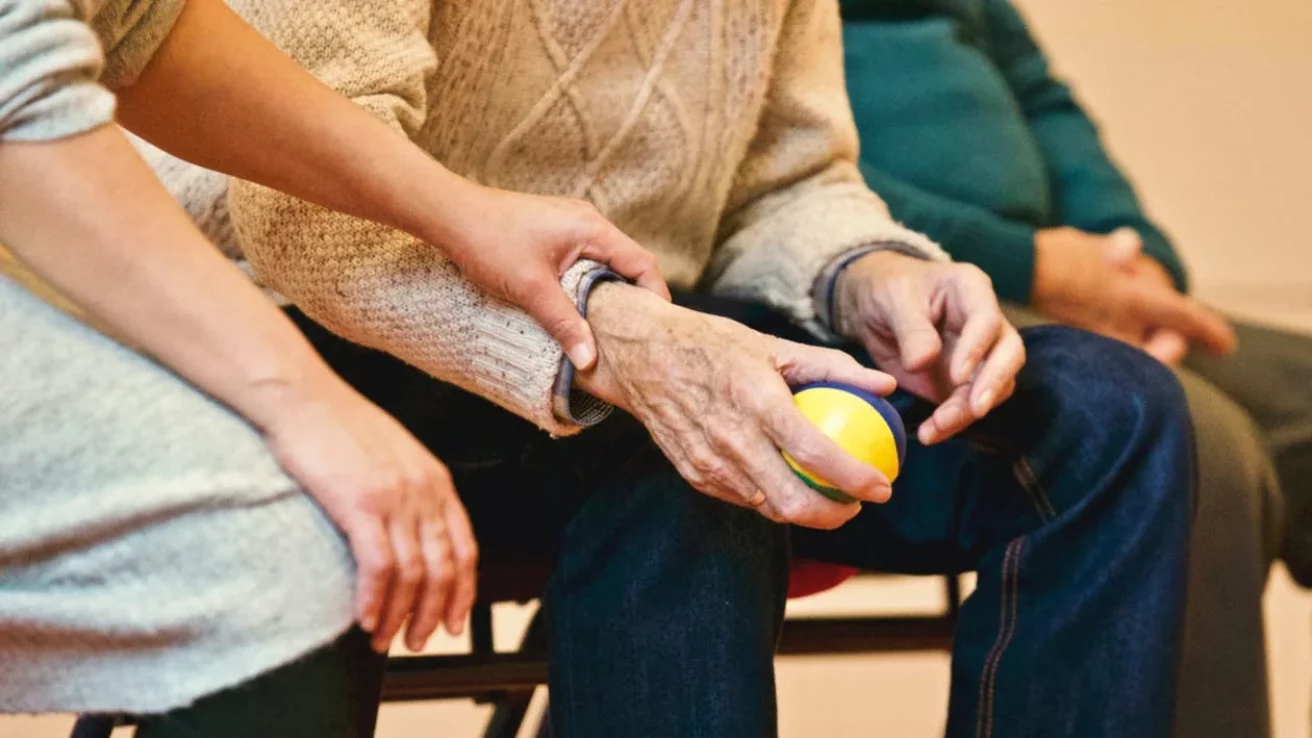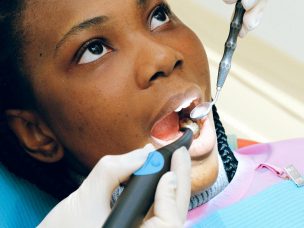Although vitiligo is not considered life-threatening and is not associated with severe physical symptoms, the condition can still significantly impact patients’ quality of life. Due to stares and the disease’s unpredictable course, many vitiligo patients feel distressed and stigmatized by their condition. Vitiligo support groups may alleviate these feelings and potentially improve the quality of life of vitiligo patients. Therefore, in 2017, a study published in the Journal of Drugs in Dermatology sought to review the quality of life of vitiligo patients engaged in support groups compared to those who were not.
In order to examine the impact of vitiligo support groups on vitiligo patients’ quality of life, the researchers conducted a case-comparison study between January and April 2012. This study occurred at the Henry Ford Hospital of Dermatology, which held bimonthly vitiligo support group meetings for individuals impacted by vitiligo. The support group was open to anyone interested in gaining information about vitiligo. In addition, membership in the support group was not mandatory but was available to persons that desired to join.
The researchers compared the Henry Ford support group members with non-members from a previous study cohort. The 17 eligible participants were at least 18 years of age, able to speak and read English, and physically and mentally capable of completing the Dermatology Life Quality Index (DLQI). Participants also completed a study-specific questionnaire designed to collect relevant patient characteristics.
The study revealed that members and non-members scored similarly on the DLQI. This finding was interesting because members of the support group reported more significant severe overall disease and increased disease severity in exposed portions of the body. In addition, the prevalence of unemployment was exacerbated among support group participants.
The study’s results also suggest a protective effect of vitiligo support group membership. Overall, more information with a larger sample size is needed to further evaluate the impact of vitiligo support groups. Researchers and clinicians are encouraged to implement and assess support group participation for patients with vitiligo, especially for those with racially diverse individuals, who are the most likely to be stigmatized.
Source
Zabetian, S., Jacobson, G., Lim, H. W., Eide, M.J., & Huggins, R. (2017). Quality of life in a vitiligo support group. Journal of Drugs in Dermatology, 16(4), 344-350. https://pubmed.ncbi.nlm.nih.gov/28403268










